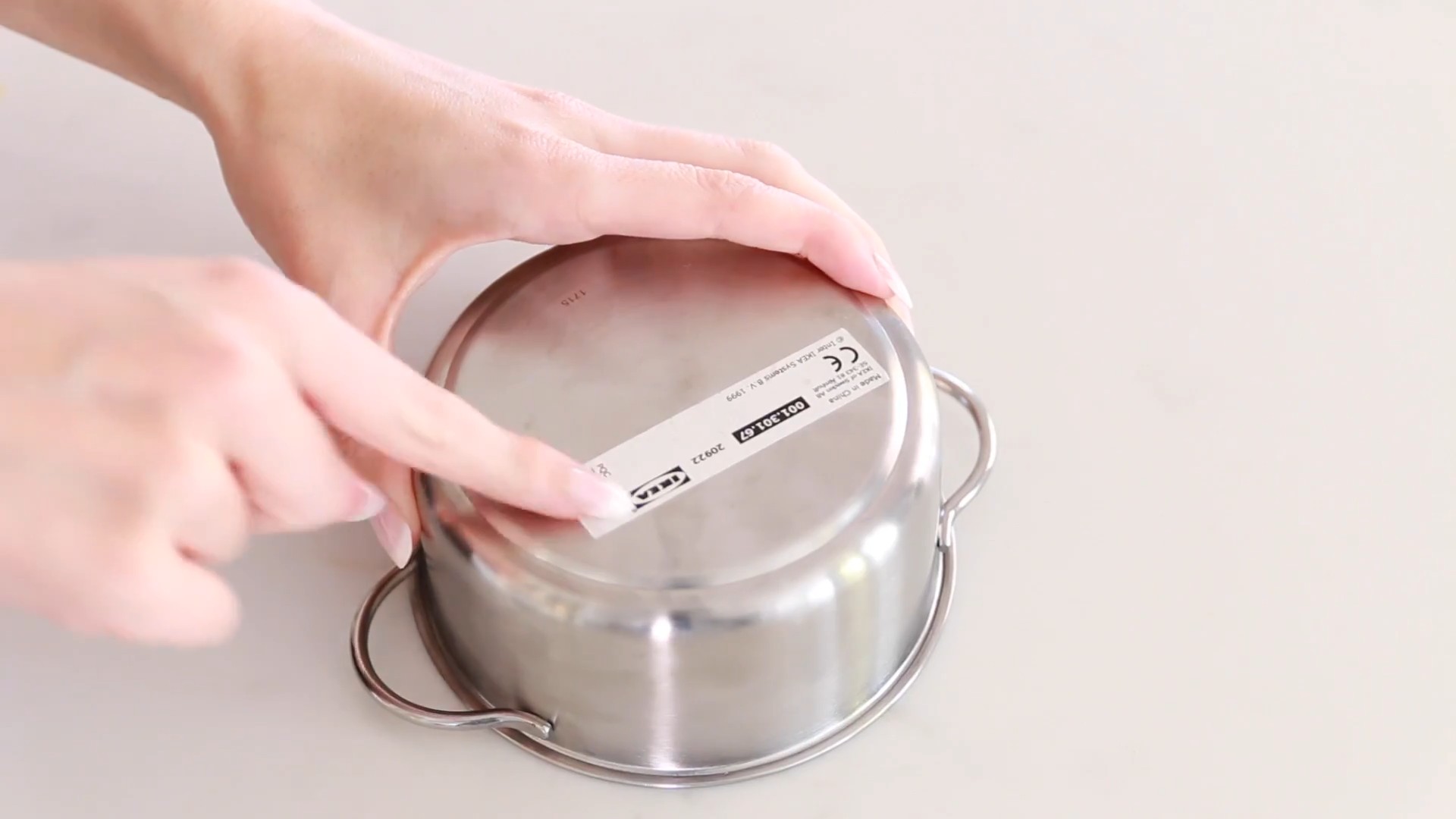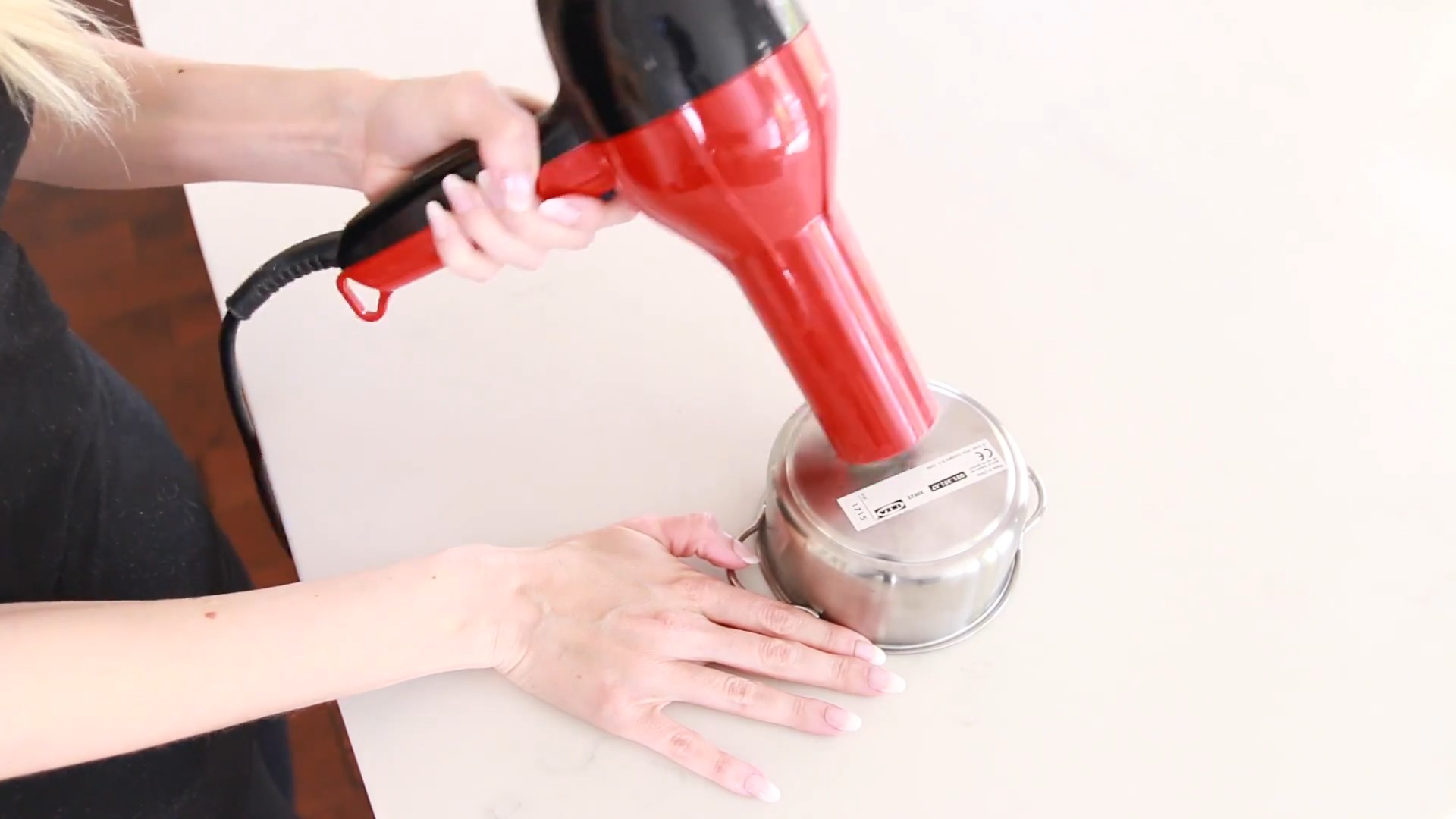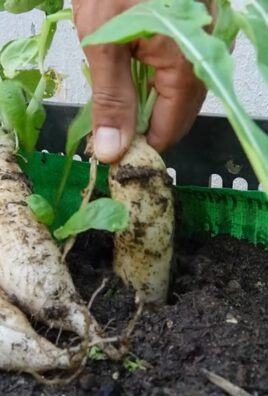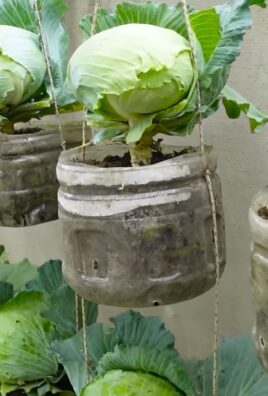Cleaning shortcuts – who doesn’t crave them? Let’s be honest, spending hours scrubbing and polishing isn’t exactly anyone’s idea of a good time. For generations, people have sought clever ways to streamline their cleaning routines, passing down tips and tricks like treasured family recipes. Think about it: our grandmothers probably had a whole arsenal of cleaning hacks using simple ingredients like vinegar and baking soda long before fancy cleaning products lined store shelves!
But in today’s fast-paced world, finding the time for a spotless home can feel impossible. That’s where these DIY cleaning shortcuts come in. I’m going to share some of my favorite time-saving tips and tricks that will leave your home sparkling without sacrificing your entire weekend. From tackling stubborn stains to making your own effective cleaning solutions, these hacks are designed to make your life easier and your home cleaner.
Ready to reclaim your free time and enjoy a sparkling clean home? Let’s dive into these amazing cleaning shortcuts that will transform your cleaning routine from a chore into a breeze!

DIY Cleaning Hack: Revive Your Grout with Baking Soda and Vinegar!
Hey everyone! Tired of staring at dingy, discolored grout lines? I know I was! Store-bought grout cleaners can be harsh and expensive, so I decided to try a DIY solution. This baking soda and vinegar grout cleaner is super effective, budget-friendly, and uses ingredients you probably already have in your pantry. Let’s get those grout lines sparkling again!
What You’ll Need:
* Baking Soda
* White Vinegar
* Spray Bottle
* Old Toothbrush (or a grout brush if you have one)
* Small Bowl
* Water
* Paper Towels or a Clean Cloth
* Optional: Rubber Gloves (to protect your hands)
* Optional: Eye Protection (vinegar can splash!)
Step-by-Step Instructions:
1. Prepare Your Workspace: Before you start, make sure the area you’re cleaning is well-ventilated. Open a window or turn on a fan. This is especially important in bathrooms. Also, protect any surrounding surfaces that might be sensitive to vinegar, like natural stone, with a towel or plastic sheeting.
2. Mix the Baking Soda Paste: In your small bowl, create a paste by mixing baking soda with a little bit of water. You want a consistency that’s thick enough to stick to the grout lines, but not so dry that it crumbles. Start with about 1/2 cup of baking soda and add water a teaspoon at a time until you reach the desired consistency. I usually aim for something like toothpaste.
3. Apply the Baking Soda Paste: Using your fingers (with gloves on, if you prefer) or a small spoon, apply the baking soda paste generously to the grout lines. Make sure you cover the entire area you want to clean. Don’t be shy – the more paste you apply, the better it will work. Let the paste sit on the grout for at least 10-15 minutes. This allows the baking soda to penetrate and loosen the dirt and grime. For really tough stains, you can let it sit for up to 30 minutes.
4. Prepare the Vinegar Spray: While the baking soda is working its magic, fill your spray bottle with white vinegar. Undiluted vinegar works best for this cleaning hack.
5. Spray the Vinegar: Now comes the fun part! Spray the vinegar directly onto the baking soda paste-covered grout lines. You’ll see it start to fizz and bubble – that’s the chemical reaction between the baking soda and vinegar, and it’s what helps to lift the dirt.
6. Scrub, Scrub, Scrub!: Using your old toothbrush or grout brush, scrub the grout lines vigorously. Focus on areas with stubborn stains or discoloration. The fizzing action of the vinegar will help to loosen the grime, and the toothbrush will help to scrub it away. I find that using small, circular motions works best. Don’t be afraid to put some elbow grease into it!
7. Rinse Thoroughly: Once you’ve scrubbed all the grout lines, it’s time to rinse away the baking soda and vinegar residue. Use clean water and a sponge or cloth to wipe down the area. You may need to rinse several times to remove all the residue. Make sure you get into all the nooks and crannies.
8. Dry and Admire: Finally, dry the area with paper towels or a clean cloth. This will help to prevent water spots and leave your grout lines looking sparkling clean. Step back and admire your handiwork! You should see a noticeable difference in the appearance of your grout.
Dealing with Stubborn Stains:
Sometimes, even with the baking soda and vinegar, you might encounter some really stubborn stains. Don’t worry, there are a few things you can try:
* Repeat the Process: For mildly stubborn stains, simply repeat the entire process. Apply the baking soda paste, spray with vinegar, scrub, and rinse. Sometimes, a second application is all it takes to remove the remaining grime.
* Make a Stronger Paste: If the stains are particularly tough, try making a stronger baking soda paste. Instead of using water, mix the baking soda with a small amount of hydrogen peroxide. Hydrogen peroxide has bleaching properties that can help to lighten stains. Be careful when using hydrogen peroxide, as it can also lighten colored grout. Test it in an inconspicuous area first.
* Use a Grout Pen: For grout that is permanently stained or discolored, you can use a grout pen to touch up the grout lines. Grout pens are available in a variety of colors and can be used to cover up stains and make your grout look brand new.
Tips and Tricks for Success:
* Test in an Inconspicuous Area: Before you clean your entire grout area, test the baking soda and vinegar mixture in a small, inconspicuous area to make sure it doesn’t damage the grout or surrounding surfaces. This is especially important if you have colored grout or natural stone.
* Work in Small Sections: To prevent the baking soda paste from drying out, work in small sections. Apply the paste to a small area, spray with vinegar, scrub, and rinse before moving on to the next section.
* Use a Stiff-Bristled Brush: A stiff-bristled brush will help to scrub away stubborn stains more effectively. If you don’t have a grout brush, an old toothbrush will work just fine.
* Protect Your Hands: Vinegar can be irritating to the skin, so wear rubber gloves to protect your hands.
* Ventilate the Area: Make sure the area you’re cleaning is well-ventilated to avoid inhaling the fumes from the vinegar.
* Be Patient: Cleaning grout can be a time-consuming process, so be patient and don’t give up! With a little elbow grease, you can get your grout looking sparkling clean.
Preventing Future Grout Stains:
Once you’ve cleaned your grout, you’ll want to keep it looking clean for as long as possible. Here are a few tips to help prevent future grout stains:
* Seal Your Grout: Sealing your grout will help to protect it from stains and make it easier to clean. You can purchase grout sealant at most hardware stores. Apply the sealant according to the manufacturer’s instructions.
* Wipe Up Spills Immediately: Wipe up spills immediately to prevent them from soaking into the grout.
* Clean Regularly: Clean your grout regularly with a mild cleaner to prevent dirt and grime from building up. You can use a solution of soap and water or a commercial grout cleaner.
* Use a Squeegee: After showering, use a squeegee to remove excess water from the walls and floor. This will help to prevent mildew and mold from growing in the grout.
* Improve Ventilation: Improve ventilation in your bathroom by opening a window or turning on the exhaust fan after showering. This will help to reduce moisture and prevent mildew and mold from growing in the grout.
Alternative Cleaning Solutions:
While baking soda and vinegar are my go-to for grout cleaning, here are a few other options you can try:
* Lemon Juice: Lemon juice is a natural cleaner and disinfectant that can be used to clean grout. Simply apply lemon juice to the grout lines, let it sit for a few minutes, and then scrub with a brush.
* Hydrogen Peroxide: Hydrogen peroxide is a mild bleach that can be used to lighten stains on grout. Apply hydrogen peroxide to the grout lines, let it sit for a few minutes, and then scrub with a brush. Be careful when using hydrogen peroxide, as it can also lighten colored grout.
* Commercial Grout Cleaners: There are many commercial grout cleaners available on the market. These cleaners are often more powerful than DIY solutions, but they can also be more harsh. Be sure to read the label carefully and follow the manufacturer’s instructions.
I hope this guide helps you get your grout looking sparkling clean! It’s a bit of work, but the results are so worth it. Happy cleaning!

Conclusion
So, there you have it! This simple yet incredibly effective cleaning shortcut is a game-changer for anyone looking to reclaim their time and maintain a sparkling home. We’ve walked you through the steps, highlighted the benefits, and hopefully, inspired you to ditch those harsh chemicals and embrace a more natural and efficient cleaning routine.
Why is this DIY trick a must-try? Because it’s not just about cleaning; it’s about simplifying your life. It’s about reducing your exposure to potentially harmful chemicals, saving money on expensive cleaning products, and feeling good about creating a healthier environment for yourself and your family. This method is incredibly versatile, tackling everything from grimy stovetops to soap-scummed shower doors with ease.
But the beauty of this cleaning shortcut lies in its adaptability. Feel free to experiment with different essential oils to create your own signature scent. Lavender, lemon, tea tree, and eucalyptus are all fantastic options, each offering unique antibacterial and aromatic properties. For extra stubborn stains, consider adding a tablespoon of washing soda to your mixture for an added boost of cleaning power. You can also adjust the ratio of ingredients to suit your specific needs and preferences. If you find the solution too strong, simply dilute it with more water. If you need more scrubbing power, add a bit more baking soda to create a paste.
Don’t be afraid to get creative and personalize this cleaning shortcut to make it your own. The possibilities are endless!
We truly believe that once you try this method, you’ll never go back to store-bought cleaners. It’s that effective, that simple, and that satisfying. Imagine the time and money you’ll save, not to mention the peace of mind knowing you’re using a safe and natural cleaning solution.
We’re confident that this cleaning shortcut will become an indispensable part of your cleaning arsenal. But don’t just take our word for it – try it out for yourself! We encourage you to give it a whirl and see the amazing results firsthand.
And most importantly, we want to hear about your experience! Share your tips, variations, and before-and-after photos in the comments below. Let us know what worked best for you, what challenges you encountered, and any creative adaptations you made along the way. Your feedback is invaluable and will help us continue to refine and improve this cleaning shortcut for everyone.
So, what are you waiting for? Grab your ingredients, roll up your sleeves, and get ready to experience the joy of effortless cleaning. You’ll be amazed at how easy it is to achieve a sparkling clean home with this simple and effective DIY solution. Happy cleaning!
Frequently Asked Questions (FAQ)
What exactly is this “cleaning shortcut” you’re talking about?
This cleaning shortcut refers to a simple, homemade cleaning solution made with readily available ingredients like baking soda, vinegar, and water (and optional essential oils). It’s designed to be a versatile and effective alternative to store-bought cleaners, offering a natural and cost-effective way to tackle various cleaning tasks around the house.
Is this cleaning shortcut safe to use on all surfaces?
While this cleaning shortcut is generally safe for most surfaces, it’s always a good idea to test it in an inconspicuous area first, especially on delicate materials like marble, granite, or wood. The acidity of vinegar can potentially damage certain surfaces, so proceed with caution. For surfaces you’re unsure about, dilute the solution further or use a baking soda paste instead.
Can I use this cleaning shortcut to clean my oven?
Yes, this cleaning shortcut can be used to clean your oven. However, for heavily soiled ovens, you might need to let the baking soda paste sit for a longer period (overnight is ideal) before scrubbing. You can also add a bit of dish soap to the paste for extra cleaning power. Remember to always unplug your oven before cleaning and avoid getting any liquid into the heating elements.
How long does the cleaning solution last?
The cleaning solution is best used fresh, as the fizzing reaction between baking soda and vinegar diminishes over time. However, you can store it in a sealed spray bottle for a few days. If you notice any separation or discoloration, it’s best to discard it and make a fresh batch.
Can I use different types of vinegar?
White vinegar is the most commonly recommended type of vinegar for cleaning due to its acidity and lack of color, which minimizes the risk of staining. However, you can also use apple cider vinegar, although it may have a slightly different scent and cleaning properties. Avoid using balsamic vinegar or other colored vinegars, as they can potentially stain surfaces.
What essential oils are best to use in this cleaning shortcut?
The best essential oils to use depend on your personal preferences and the desired cleaning benefits. Some popular options include:
* **Lavender:** Known for its calming and relaxing scent, as well as its antibacterial properties.
* **Lemon:** A powerful degreaser with a fresh, citrusy scent.
* **Tea Tree:** A potent antibacterial and antifungal oil, ideal for disinfecting surfaces.
* **Eucalyptus:** Has a refreshing scent and is known for its antiviral and decongestant properties.
* **Peppermint:** Provides a refreshing and invigorating scent, and can also help repel insects.
Always use pure, therapeutic-grade essential oils for the best results.
I have sensitive skin. Is this cleaning shortcut safe for me to use?
While this cleaning shortcut is generally considered safe, individuals with sensitive skin may experience irritation from the vinegar or essential oils. It’s always a good idea to wear gloves when cleaning, especially if you have sensitive skin. You can also dilute the solution further or use a milder alternative, such as a baking soda paste with water.
Can I use this cleaning shortcut to clean my toilet?
Yes, this cleaning shortcut can be used to clean your toilet. Pour a cup of baking soda into the toilet bowl, followed by a cup of vinegar. Let it fizz for about 30 minutes, then scrub with a toilet brush and flush. You can also add a few drops of tea tree oil for extra disinfecting power.
My cleaning solution isn’t fizzing. What am I doing wrong?
The fizzing reaction is caused by the combination of baking soda (a base) and vinegar (an acid). If your solution isn’t fizzing, it could be due to a few reasons:
* **Expired ingredients:** Make sure your baking soda and vinegar are fresh.
* **Incorrect proportions:** Use the recommended ratio of baking soda to vinegar.
* **Weak vinegar:** Some types of vinegar may have a lower acidity level. Try using white vinegar with a higher acidity percentage.
Where can I find the ingredients for this cleaning shortcut?
All the ingredients for this cleaning shortcut are readily available at most grocery stores and pharmacies. Baking soda and vinegar are common household staples, and essential oils can be found in the health and beauty section or at specialty stores.




Leave a Comment